Anger, Hatred and Fear: Sports Have Become the Battleground for Donald Trump’s America
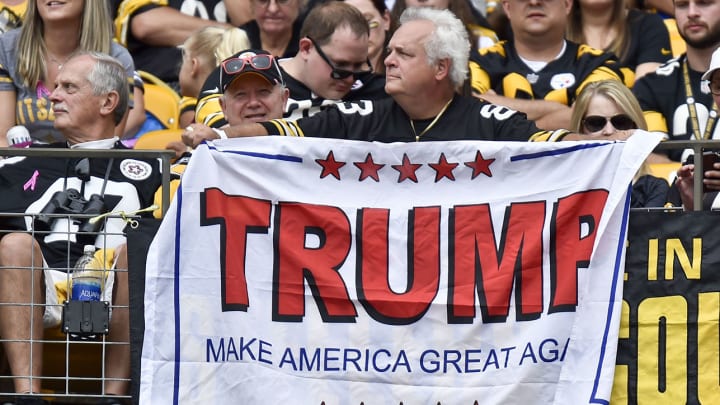
On the night of last Feb. 28, 112 days after the presidential election of 2016, teams from two Connecticut high schools came together to play a basketball game. It was a Tuesday night, late in the winter and so the game was like many others played across the United States: Big stakes in a small place, as seasons and careers drew to a close. There is urgency in the air at moments like these. Here the team from Canton High School, in northwestern Connecticut, hosted an opponent from Classical Magnet School in Hartford, 13 miles east, in the semifinals of their conference tournament. Canton, a traditionally strong program, came into the game with an 18–3 record, ranked among the top small school teams in the state. Classical Magnet, a 24-year-old school with a roster comprised entirely of underclassmen, was 16-5 and having one of the best seasons in its short history. The teams had played 20 days earlier in a regular season game in the same gym; Canton prevailed, 52–39. Classical Magnet’s coach regarded that performance as one of his team’s worst of the season, and he was anxious to test their growth.
There was another layer to this moment last winter, one that is common in high school sports, where quirks of geography and school size bring together communities that have little in common beyond their shared place on a sports schedule. Canton is a rural/suburban town with a population of just over 10,000, 94% of which is white. Median household income is $65,000. It is not the Connecticut of stereotypical patrician wealth, with yachts parked in the harbor (there is no harbor) and limos ferrying billionaires to their skyscrapers in Manhattan (that’s three hours away; Boston and Albany are closer). But it is a comfortable, mostly homogenous community, incorporated at the turn of the 19th century and comprised of wooded hillsides, subdivisions and tidy shopping centers.
Classical Magnet is located west of downtown Hartford, a city whose population is approximately 80% African-American or Latino. The student body at Classical Magnet, grades six through 12, is drawn not just from Hartford, but from 26 surrounding towns and selected through an application and lottery system. It promises a “liberal arts’’ education; every student takes Latin. Classical Magnet’s 2016-’17 student body was 39% African-American, 30% Latino and 22% white and its 2016-’17 basketball team of 14 members was made up of entirely African-American and Latino players. These teams play each other because their student bodies are of similar size, hence they fit logically into the same conference, regardless of their demographic differences. It happens all the time.
• TIMELINE: SPORTS UNDER TRUMP
The game that night began at 7. Just after the start, a group of Canton students entered the gym carrying a TRUMP banner and some other signs. Sitting on the Canton bench, senior guard Ian Witzgall, then 18, whose playing time was limited in his final year because of a knee injury, noticed the students and the banner. “Our attendance was down for most of this year,’’ Witzgall said. "This was the first game where any significant number of people attended. But we looked across and saw those people come in [with the banner] and we were like, wait, what’s happening here? But then I could see exactly what was happening."
Sitting in “The Wigwam” section of the gym located across from the Canton Bench, the Canton students planted their TRUMP banner, and at some point were instructed by at least one school official to stop displaying it. They also chanted “Trump! Trump! Trump” at various times, most consistently when Classical Magnet students were shooting free throws. They chanted other phrases, too, including, “He’s your president."
Classical Magnet won an intense, tightly contested game, 48-47, and advanced to the conference championship game.
News of the incident appeared in Hartford area media and then quickly disappeared, consistent with the breakneck pace of politically related news in the America of 2017. Canton school officials apologized for the behavior of seven or eight students and claimed that the banners were removed and chants shut down. Members of the Classical Magnet community experienced the events of the evening in different and more visceral ways.
Jeff Hoberman, a teacher at Classical Magnet, attended the game with his two sons. “A lot of students felt like the intensity of the incident was whitewashed in the local media," says Hoberman. "There was an attitude when those students walked in with that banner. There was this jauntiness, an arrogance. That was my perception. The word Trump at our school is a very bad word…They were calling out a name that is synonymous with hatred. I thought it was absolutely in-your-face racism."
On the Classical bench, head coach Reggie Tucker, then 47, initially struggled to make out the chants. Tucker came to the moment from a singular context. He was raised in the north end of Hartford, but from third grade through high school, he rode a bus over Avon Mountain as part of an outreach program and attended Canton High School, where he was in a small minority of African-American students in the school. He played basketball at Canton. "I’m a Warrior," says Tucker. "I will always be a Warrior. I will always have love for Canton." He played basketball at Western New England College, worked for a few years in the business world and then became a teacher and coach. "I get out of bed every day to help kids," says Tucker. "But I get to teach 366 days a year. I only get to coach 20 games a year. I live for this." When he first heard the chants that night, he thought they were saying Chump. “I thought they were calling our guys chumps," said Tucker. "Then I figured it out. I thought, okay, that’s where we are.”
Yes, that is where we were on that night. And that is where America remains today.
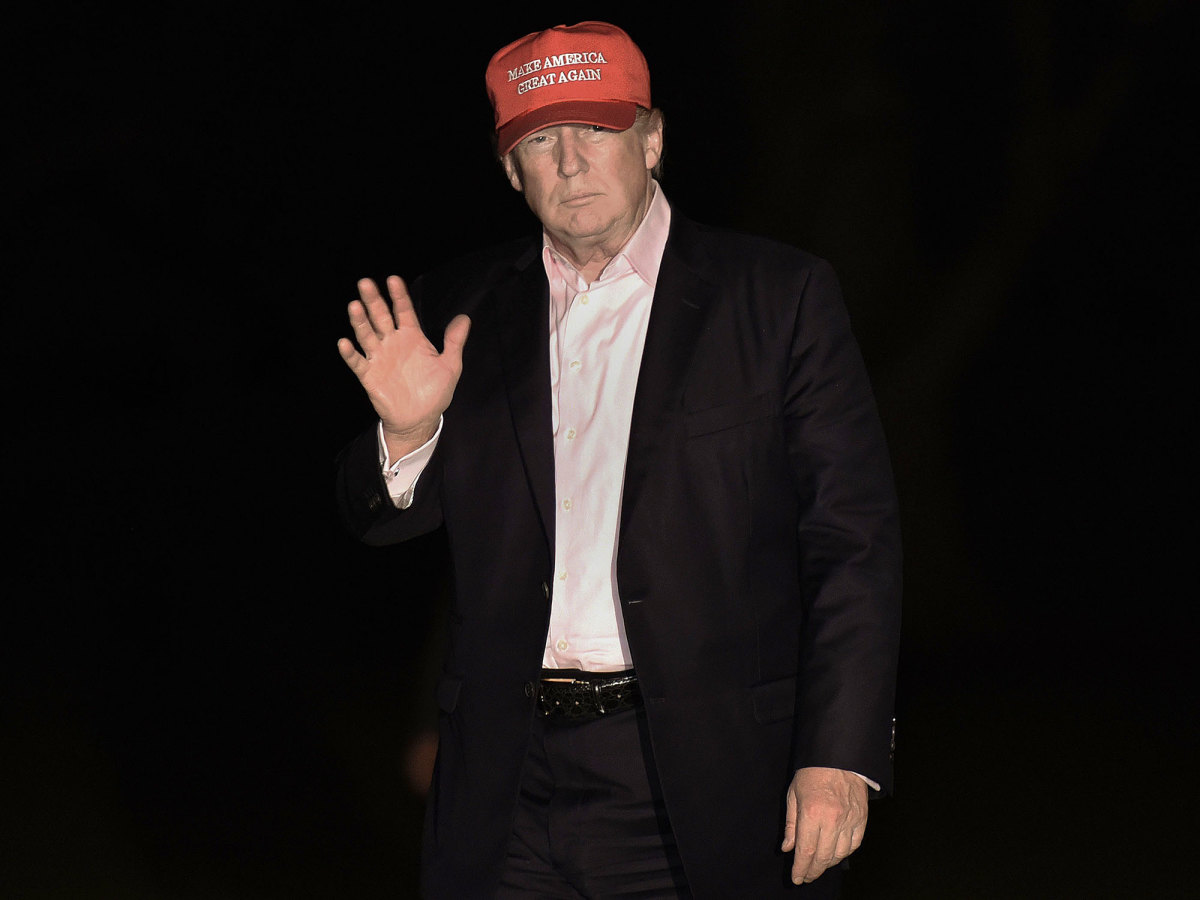
It has been a year since the election. On the morning of last Nov. 9, I awakened in the same state of shock as many Americans, whether they had voted for Donald J. Trump, Hillary Clinton, or somebody else. I wrote a column for SI.com that day in which I tried to explain absolutely nothing, but instead offer that this sense of disconnection from some portion of my countrymen (millions in this case, but one or two would produce the same effect) was not an uncommon feeling for a sportswriter who has spent most of his adult life flying into places where the natives embraced different passions from his own. That column was a work of self-examination as much as anything else. I wrote, in part:
"This is just one aspect of a presidential election that will be studied for generations and might resonate for nearly that long. It is widely felt today, though perhaps as much as any group, by journalists clustered on the coasts of the nation who did not sense the magnitude of the anger to their east or west. Sportswriters would recognize this paradigm."
And also this:
"From the late 1980s well into the 2000s, I was entrenched covering college football. There is not a sport in America that is more beholden to regional passions than college football. Every weekend I would fly somewhere and write about some player or coach or team. I would go to Morgantown, West Virginia or Columbus or Tuscaloosa or Tallahassee... I would go back to Ann Arbor or to LSU or to Mississippi. Or Lincoln... I wrote hundreds of thousands of words about passions and traditions, without ever fully understanding those passions and traditions... I would see fans crying real tears through their face paint and I’ll admit, sometimes I thought it was a little silly. Because I had my place they had theirs.
And then I would fly back home to my coast, again. I’m not saying that I didn’t find the right words or the right mood on occasion.... But I’m saying that I often dropped in and described what I saw in parts of the country that I didn’t really understand."
And finally this, at the finish:
"But to put all that in perspective, it was necessary to grasp someone else’s place. And someone else’s world. We’re connected by a flag, by airplanes, by roadways. But we are as different as we are alike and the passions that move one populace can seem so hopelessly foreign to another that they are invisible."
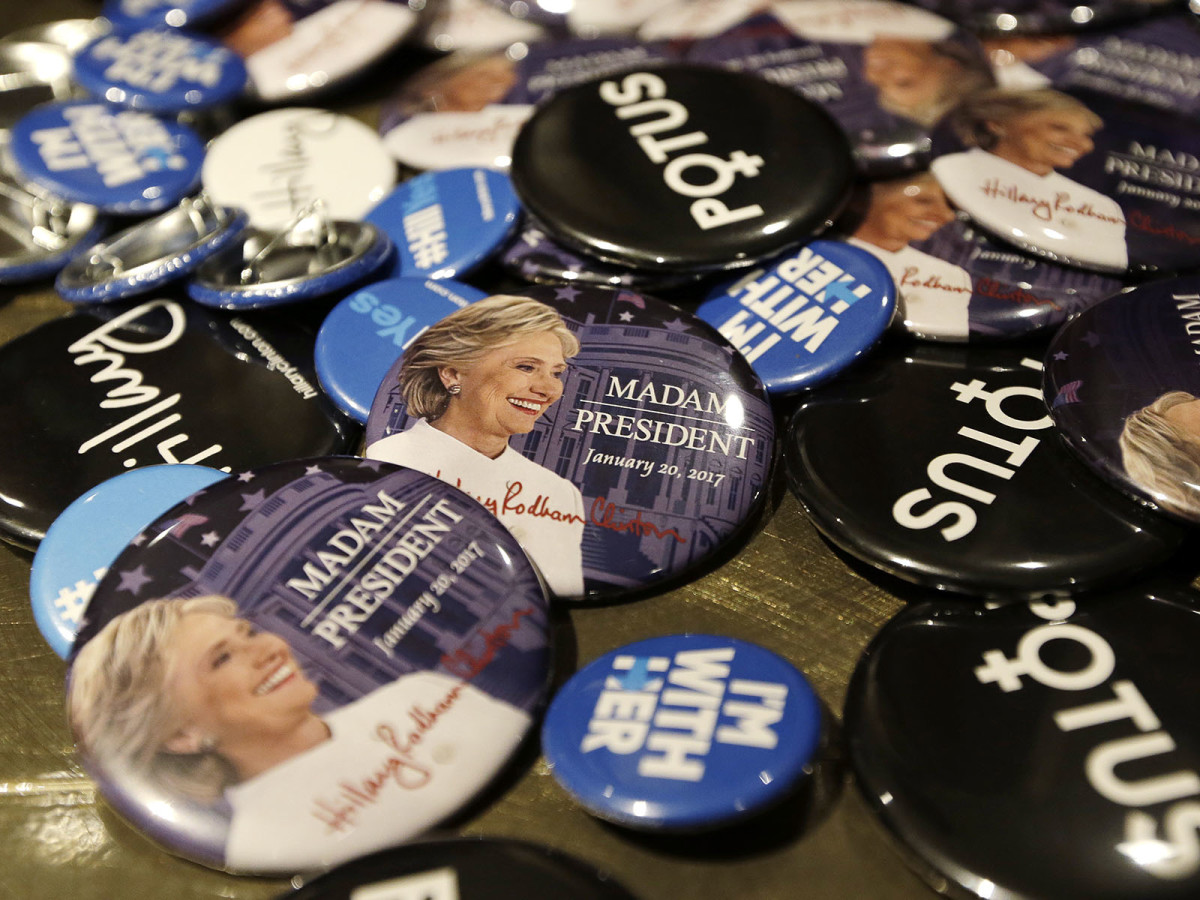
That column was heartfelt but, in retrospect, simplistic. There was a fundamental truth beneath the words: Donald Trump was elected president in part because many Americans wanted a change and connected with his message, despite the fact that others found that message so repugnant that his election was unthinkable. That disconnect was every bit as significant as the disconnect between me and a lifelong ‘Bama fan. But the election was far more complex. Significant demographic groups of women voted for Trump over Clinton, despite Trump bragging on tape about his ability to commit sexual abuse without consequence. (Even if this was just talk, as Trump insisted, such talk alone might have once disqualified a man from being elected president). Social media fake news—actual fake news, before the term was co-opted to mean merely disliked news—was a factor. Russia was a factor. Clinton Fatigue was a factor. Election hacking might have been a factor. As real journalists continue to tunnel deeper, the list of influences grows. It’s difficult to imagine what revelations lie ahead and what the ultimate election autopsy will look like in five years, or 25 years.
A year ago, I turned to my own experience, not for answers, but for some degree of familiarity. Okay, I have seen this kind of thing. Sort of. But every day since then, that experience has seemed less familiar and less comfortable. (This is not all bad; keep reading). Trump’s America has revealed itself through sports, in ways both complex and visceral. The idea of stadiums and arenas as sanctuaries has taken a beating. Wise people argue that sports have never really been a safe haven from everyday problems, that they have always been “political." That is true. But in the same way that for the past year Americans have been sharing a disorienting virtual reality ride, sports have never been quite this political. And again, some of it has been good, and important, and empowering. Much of it has been dispiriting.
A divided nation was transformed by the election into the real world equivalent of sports fans sweating out a playoff drive, hanging on each day’s news. But instead of wins and losses, the stakes are climate change, health care, taxes, sexism, racism and nuclear war. If you awaken to a Trump tweet or statement that claims white supremacists can be “good people," and you agree with that world view, that’s a win for you. There is a spring in your step. If you find this world view terrifying and uncivilized, then you’re angry and discouraged, fearfully awaiting the next game.
Trump's America has revealed itself through sports, in ways both complex and visceral.
But the Trump presidency’s effect on sports goes far beyond the metaphorical.
The first week of Trump’s presidency brought the first of several attempts at a sweeping travel ban (an effort that continues today). Immigrants are vibrant contributors to American sports. In the days after that first ban, I spoke with Lopez Lomong, a two-time Olympian who had come to the United States as a refugee from Sudan, which was one of the nations on the initial ban list (but not the current one). “When I saw the news, I cried," Lomong said. And just last week, I talked with Meb Keflezighi, a four-time Olympian and the only runner of either gender in history to win the Boston and New York Marathons and an Olympic medal. He came to the U.S.A. in 1987 as a refugee from Eritrea and has been a citizen for nearly 20 years. “America is the land of opportunity, but it seems like we’re going backward instead of forward," said Keflezighi, then adding, poignantly, “My story is the American dream."
Meb repeated those words at a public ceremony last week in New York, calling the United States “the land of opportunity." Both men, safely rooted here as U.S. citizens, understood the obvious: The nation’s attitude toward immigration has changed under Trump. They are fearful of where it goes next.
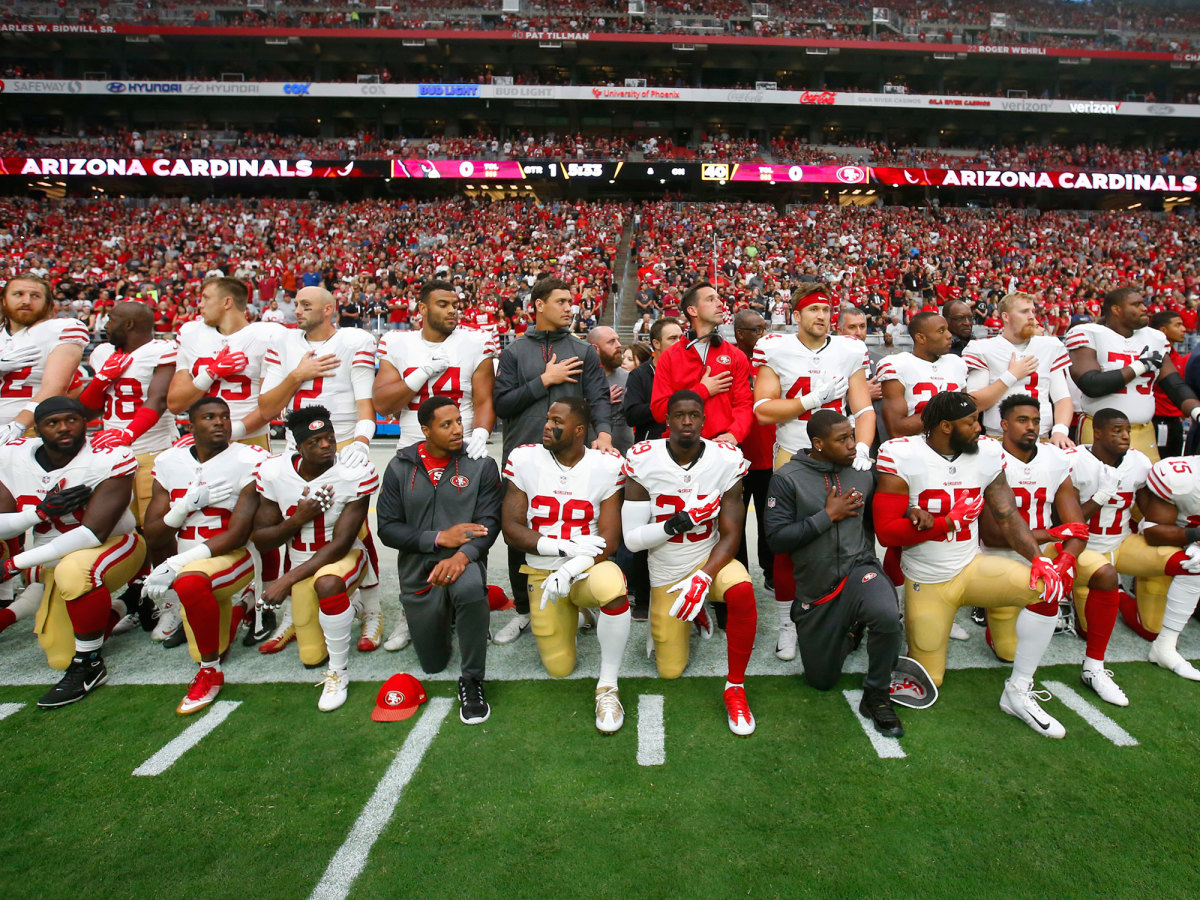
Yet there are no places where the new emotional paradigm of Trump’s America has played out more forcefully than in the NBA and NFL. The Golden State Warriors did not attend a White House ceremony after the 2017 NBA championship because the president uninvited the team after several team members—most notably Steph Curry and Kevin Durant —said that they would not attend, even if invited. Steve Kerr, the Warriors’ coach, has been openly critical of Trump. Gregg Popovich, the San Antonio Spurs’ head coach, and a veteran of the U.S. Air Force, has been far more aggressive, recently calling Trump ”a soulless coward." LeBron James called Trump a "bum."
The NFL, as America’s League, has been more fully exposed. It was more than a year ago that Colin Kaepernick, then the quarterback of the 49ers, chose to sit, and then kneel, during the playing of the national anthem, as a means of peacefully protesting the killing of young black men by police officers and other acts of institutional prejudice. The impact of this act on Kaepernick’s career has been lethal: No team has signed him to a contract this year, despite injuries to many quarterbacks and appallingly poor play by others.
The situation has been steadily heightened. Trump went before a partisan audience in Alabama in September and screamed that any player who kneels for the anthem should be "fired." Owners have not been found guilty of colluding to blackball Kaepernick, but their actions are transparent, as is their fear of the president’s Twitter feed. Mike Pence, Trump’s vice president, walked out of a game in Indianapolis when 49ers players knelt for the anthem, as he knew they would, grandstanding for the base.
In all of this, NFL players have knelt and they have not knelt. They have joined hands, locked arms, raised fists and, when Houston Texans’ owner Robert McNair was found to have compared them to "inmates" in a prison, they nearly walked out en masse. With their lucrative, hard-earned jobs at risk, they have undertaken a level of protest not seen among athletes since the 1960s. They have sought to empower themselves against institutional racism that reaches all the way to the White House.
And for this, they have been reviled by many. Here is the most startling revelation of the Trump presidency and sports: It turns out that Americans love sports, but many of them do not love the players who perform in those sports. As Trump (and by extension, NFL owners) have threatened the mostly black NFL players who protest—and those protests do not disrespect the flag or soldiers; that is a twisting of intentions to further inflame the already inflamed—his supporters have taken to describing the athletes as chattel. The racism in this attitude is not subtle: There is a not insignificant subculture of (mostly white) sports fans in America who view it as their right to drink beer on Sundays while entertained by (mostly black) athletes who are risking their bodies and brains but should keep their mouths shut or be replaced. (Sometimes, replaced by the unfit, untalented person drinking the beer, as many of them frame their criticism like so: We would love to have your job. Apparently because they once played high school football. As if this qualifies them for the job.)
Trump's presence in the White House has empowered his followers to bring their anger into the light. Their anger has made sports a less friendly place for all, a place not for fans, but for misanthropes.
The voice takes a familiar tone. I heard it first long before Trump was elected, in reference to the medical advances that taught us how football can destroy brains. If I wrote that players need protection—or empathy—I was besieged with responses insisting that players make a lot of money and, at this point, understand the consequences. I found it barbaric (and again, subtly racist). In the last year, those attitudes have intensified. Players, the thinking goes, should not only consider themselves lucky to make so much money to have their brains and bodies altered forever, but they should do it subserviently, and without nonviolent protest. (I can’t help but think of the title of my friend and fellow journalist Bill Rhoden’s book about sports in America: $40 Million Slaves.). These attitudes probably existed long before Donald Trump was elected president, but they were largely unspoken. Trump’s presence in the White House has empowered his followers to bring their anger into the light.
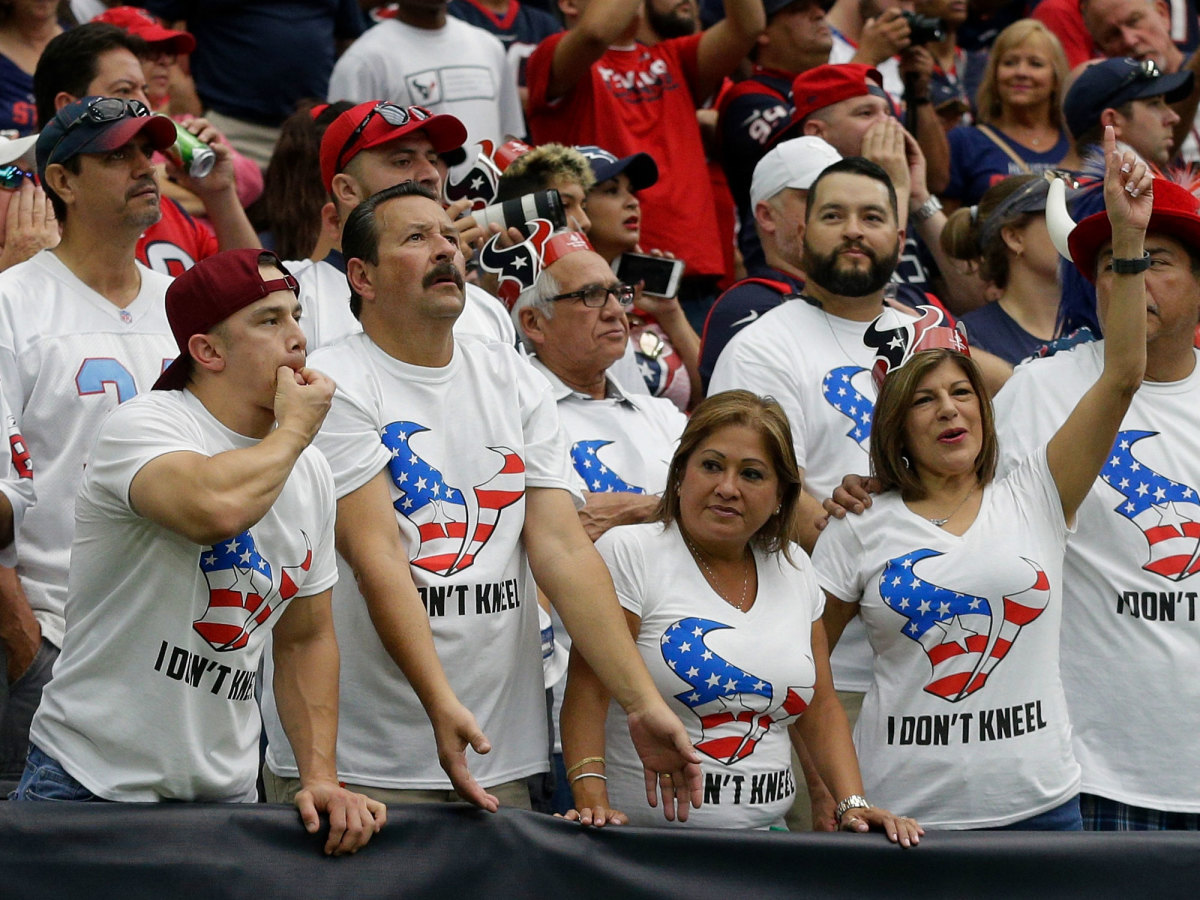
And their anger has made sports a less friendly place for all, a place not for fans, but for misanthropes. I think often about Reggie Tucker, the high school basketball coach from Hartford, with his young team of black and Latino players, his love of competition and his undying passion for sport, and humanity. "People feel comfortable saying things today, where not too long ago, people would have told them, `You can’t say that!’" Tucker told me last spring. ”It’s the state of the world. Unfortunately." (I first talked to Tucker last winter; last week he texted me: “I only wish the incident last March was an isolated one. However the world we live in now is truly scary.")
The day after Tucker’s team won last winter, he gathered his players for a debriefing on what had happened in the stands at the game. Tucker is a black man, a teacher, but also a coach to his marrow. "That night," he says, "We just wanted to beat the number one team in the conference on their home court. The day after the game, I was talking to my team and I wanted to see if they fully processed [the chants]. Young kids with testosterone. One of the guys said, `It doesn’t matter. We kicked their asses.’"
The games can be so simple. A win, a loss. A laugh, a tear. But they are far more complex today than a year ago. They are the canvas on which the story of a divided land is painted.
